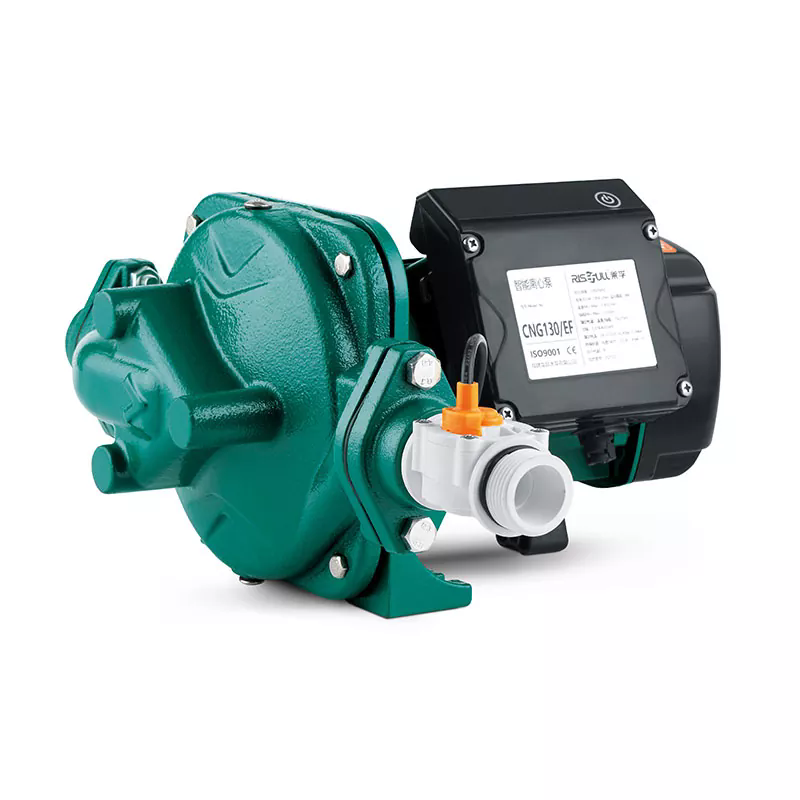What Is a Downward Booster, and Why Is It Essential in Fluid Systems?
2024-11-28
In many industrial and domestic applications, fluid systems rely on pressure management to operate efficiently. A downward booster plays a crucial role in maintaining and optimizing these systems by ensuring controlled pressure reduction. But what exactly is a downward booster, and why is it indispensable in various industries? Let’s break it down.
1. What Is a Downward Booster?
A downward booster is a device designed to regulate and reduce high-pressure fluid flows in a system. Unlike traditional pumps that increase pressure, a downward booster focuses on moderating it, providing a controlled and steady output that meets the operational needs of downstream components. It is commonly used in systems where excessive pressure could cause damage or inefficiencies.
2. Why Is Pressure Regulation Important?
In fluid systems, maintaining the right pressure is critical for several reasons:
- Protecting Equipment: Excessive pressure can damage pipes, valves, and other system components, leading to costly repairs and downtime.
- Ensuring Safety: Overpressure situations can pose significant risks, including leaks, explosions, or operational failures.
- Optimizing Performance: Controlled pressure enhances the efficiency and longevity of the system, reducing energy consumption and operational costs.
A downward booster ensures that high-pressure inputs are safely and efficiently managed to prevent such issues.
3. How Does a Downward Booster Work?
A downward booster operates by employing mechanisms such as pressure-reducing valves or control systems. These components regulate the input pressure from a source—like a pump or a high-pressure tank—by throttling the flow or redirecting excess pressure. This results in a stable and suitable pressure level for downstream applications.
Key features of a downward booster include:
- Precision Control: Advanced models offer precise adjustments for specific pressure requirements.
- Durability: Constructed from robust materials, they are designed to withstand high-pressure inputs while maintaining reliability.
- Ease of Integration: Many downward boosters are compact and easy to incorporate into existing fluid systems.
4. Where Are Downward Boosters Used?
Downward boosters are employed across a wide range of industries and applications, including:
- Water Distribution: Ensuring consistent pressure in municipal and residential water supply systems.
- Industrial Processes: Regulating pressure in manufacturing operations to protect sensitive equipment.
- Oil and Gas: Managing the flow of high-pressure fluids in pipelines and processing facilities.
- HVAC Systems: Maintaining the correct pressure in heating and cooling networks for efficient operation.
- Agriculture: Controlling irrigation systems to prevent overwatering or equipment damage.
5. What Are the Benefits of Using a Downward Booster?
A downward booster offers numerous advantages that make it essential in fluid systems:
- Enhanced System Longevity: By reducing wear and tear caused by excessive pressure, it extends the life of equipment.
- Energy Efficiency: Proper pressure management reduces the energy required for system operation, lowering overall costs.
- Improved Safety: By preventing overpressure scenarios, it minimizes the risk of accidents and damage.
- Customizable Solutions: Many downward boosters allow for adjustments to meet specific system requirements.
6. How to Choose the Right Downward Booster?
When selecting a downward booster, consider the following factors:
- Pressure Range: Ensure the device can handle the input pressure and deliver the required output.
- Material Compatibility: Choose materials that can resist corrosion or wear from the fluids in your system.
- Flow Rate: Verify that the booster can accommodate the desired fluid volume without compromising performance.
- Ease of Maintenance: Look for models with simple maintenance requirements to minimize downtime.
7. Is a Downward Booster the Key to a Reliable Fluid System?
Absolutely. By managing and reducing pressure efficiently, downward boosters are critical for ensuring the safety, efficiency, and durability of fluid systems. Their versatility and effectiveness make them a must-have in industries that rely on precise pressure control.
8. Conclusion
A downward booster may not always be the star of a fluid system, but its role is undeniably vital. Whether in industrial operations or everyday applications, it provides the stability and reliability needed to keep systems running smoothly.
So, is your fluid system optimized with the right pressure management? If not, a downward booster could be the solution you’ve been looking for.



